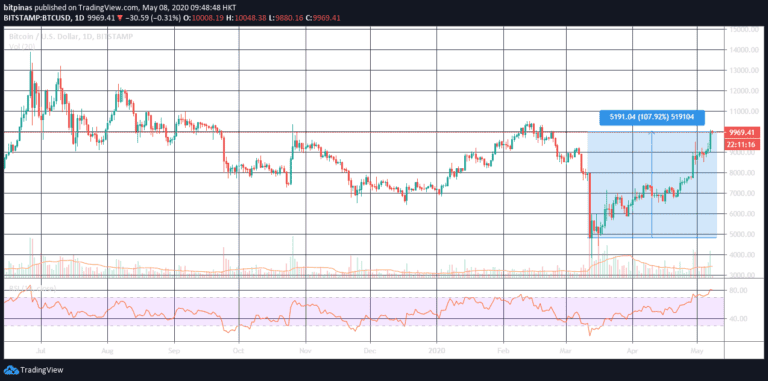Visa, Not Ripple, is Powering New MoneyGram Real-Time Remittance Tech
FastSend allows MoneyGram customers to send money to a phone number in real-time via a website or a mobile app. The service is using Visa’s “Direct Original Credit Transaction” so that the funds are delivered to a bank account through a debit card deposit.

February 18, 2019 – It comes as a surprise for many when MoneyGram that its new real-time money sending solution is not powered by Ripple, its blockchain partner that also has a stake in the remittance giant.
FastSend allows MoneyGram customers to send money to a phone number in real-time via a website or a mobile app. The service is using Visa’s “Direct Original Credit Transaction” so that the funds are delivered to a bank account through a debit card deposit.
So why is it not using Ripple? MoneyGram Chief Operating Officer Kamila Chytil told Cointelegraph that the company is using Ripple’s On Demand Liquidity product so that MoneyGram can trade FX at a corporate level. “The technology is helping solve the most expensive and time-consuming aspect of the current process by reducing the amount of money the company needs to park around the world, which will eventually reduce working capital needs,” she said.
MoneyGram, she said, is also looking for other uses where blockchain can solve “data privacy and regulatory obligations through distributed ledger technology.”
When Ripple purchased a stake on MoneyGram, in July 2019, both companies announced that Ripple’s product will be used by MoneyGram for foreign exchange settlements. In an interview, Ripple said that traditional remittances will have each location pre-deployed with funds (pre-funded) so that it can release money to the receiver. This is expensive because outlets must have bank accounts and remittance centers will assume the risk because it will take days to settle accounts. Ripple wants XRP to be the bridge currency in this situation. Once the sender sends their money in US dollars (for example), it will first be converted to XRP, then converted to pesos to be given to the eventual receiver of the money. Ripple calls this a “near-instantaneous transfer of real value.”
In an interview with local paper BusinessWorld, Ripple said the Philippines is still experiencing slow transfer time and higher transaction costs, which is around 7% of every $200 sent.
This article is published on BitPinas: Visa, Not Ripple, is Powering New MoneyGram Real-Time Remittance Tech





